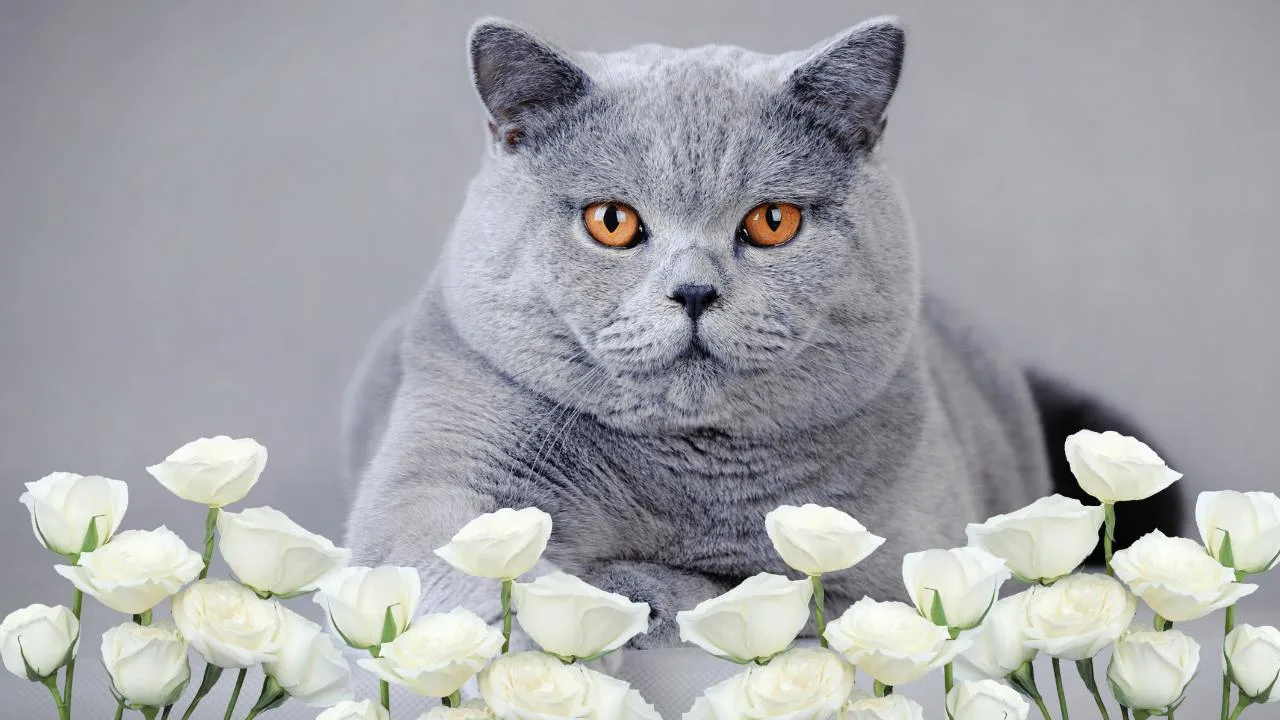
Spring Blossoms and Cat Safety. Knowing Which Flowers Pose Risks
Flowers are nature’s exquisite creations, adding colour and fragrance to our homes and gardens. However, while they may be pleasing to the eye, not all flowers are safe for our feline friends. Many common flowers can pose a threat to cats if ingested, leading to various health issues ranging from mild gastrointestinal upset to severe toxicity and even death. As responsible pet owners, it’s crucial to be aware of which flowers are harmful to cats to ensure their safety and well-being.
1. Lilies: Lilies are perhaps the most notorious among flowers toxic to cats. Various species of lilies, including Easter lilies, tiger lilies, Asiatic lilies, and daylilies, contain substances that are highly toxic to cats, particularly to their kidneys. Even a small nibble on any part of the plant, including the leaves, petals, or pollen, can result in kidney failure in cats. Symptoms of lily poisoning in cats include vomiting, lethargy, loss of appetite, and increased urination or lack thereof. Immediate veterinary attention is crucial if you suspect your cat has ingested any part of a lily plant.
2. Tulips and Hyacinths: While these springtime favourites add beauty to gardens and floral arrangements, both tulips and hyacinths contain toxins that can cause gastrointestinal irritation, drooling, vomiting, and diarrhoea in cats. The toxic compounds, concentrated in the bulbs of these plants, can also cause more severe symptoms such as difficulty breathing and increased heart rate if ingested in large amounts.
3. Daffodils: Daffodils, with their vibrant yellow blooms, are another common flower that is poisonous to cats. All parts of the daffodil plant contain toxic alkaloids, such as lycorine, which can cause vomiting, diarrhoea, abdominal pain, and even cardiac arrhythmias if ingested by cats. In severe cases, ingestion of daffodils can lead to convulsions and low blood pressure, posing a significant risk to a cat’s health.
4. Sago Palm: While not a flowering plant, the sago palm is a popular ornamental plant found in many households. All parts of the sago palm, including the seeds, leaves, and roots, contain cycasin, a toxin that can cause liver failure in cats if ingested. Symptoms of sago palm poisoning in cats include vomiting, diarrhoea, lethargy, jaundice, and increased thirst. Without prompt veterinary treatment, sago palm ingestion can be fatal for cats.
5. Azaleas and Rhododendrons: These flowering shrubs, prized for their colourful blooms, contain toxins called grayanotoxins, which are harmful to cats if ingested. Ingestion of even a small amount of azalea or rhododendron leaves can cause symptoms such as vomiting, diarrhoea, drooling, weakness, and depression in cats. Severe cases of poisoning can lead to coma and death if left untreated.
Prevention and Safety Measures:
- Educate Yourself: Familiarise yourself with common flowers and plants that are toxic to cats, and avoid bringing them into your home or garden.
- Create a Safe Environment: Keep toxic plants out of reach of your cat, either by placing them in areas inaccessible to your pet or by opting for pet-safe alternatives.
- Supervise Outdoor Activities: If your cat spends time outdoors, ensure that your garden does not contain any toxic plants that could pose a danger to them.
- Know the Signs of Poisoning: Be vigilant for signs of poisoning in your cat, such as vomiting, diarrhoea, lethargy, and changes in behaviour, and seek veterinary care immediately if you suspect ingestion of a toxic plant.
In conclusion, while flowers add beauty and charm to our surroundings, it’s essential to prioritise the safety of our beloved feline companions. By being aware of flowers poisonous to cats and taking proactive measures to prevent exposure, we can ensure a safe and healthy environment for our furry friends to thrive in. Remember, when in doubt, always consult your veterinarian or our full list for guidance and assistance in keeping your cat safe from potential hazards.

One thought on “Spring Blossoms and Cat Safety. Knowing Which Flowers Pose Risks”